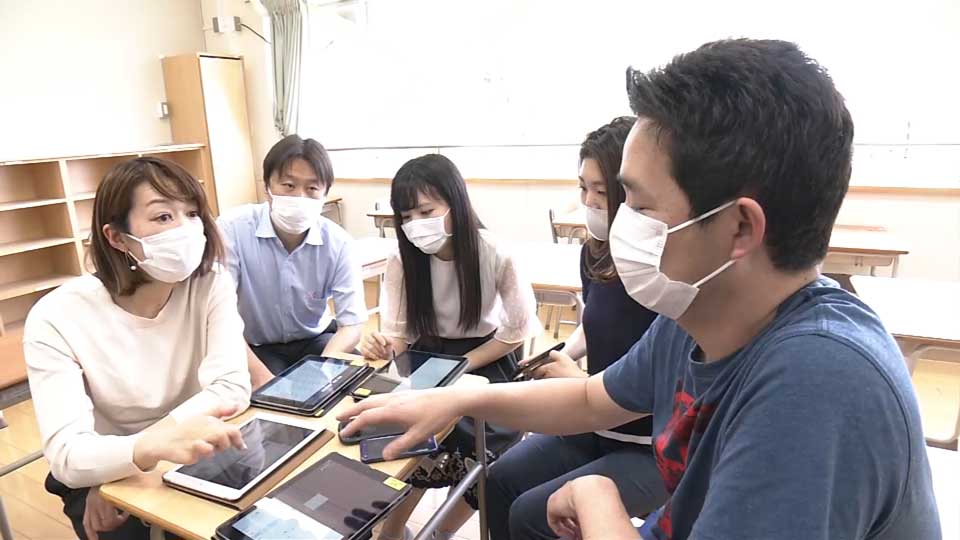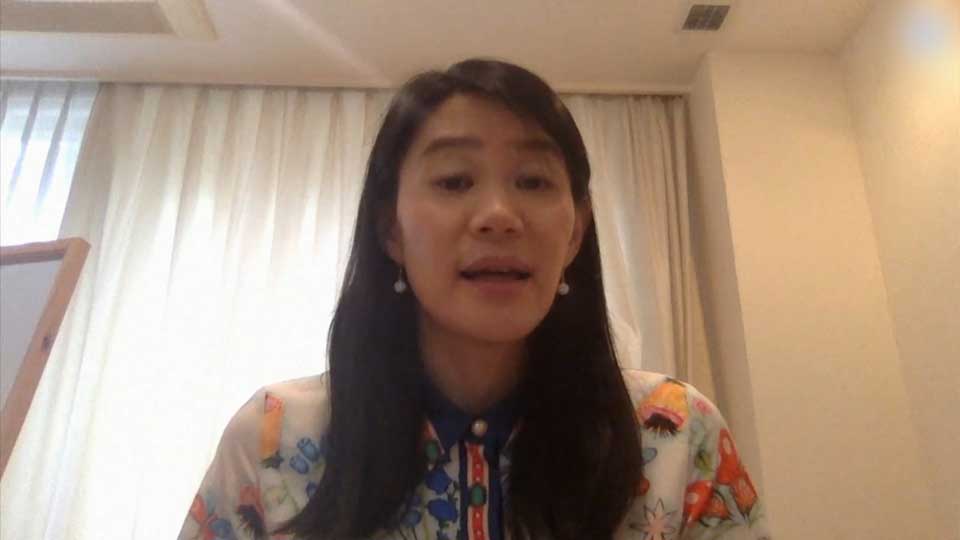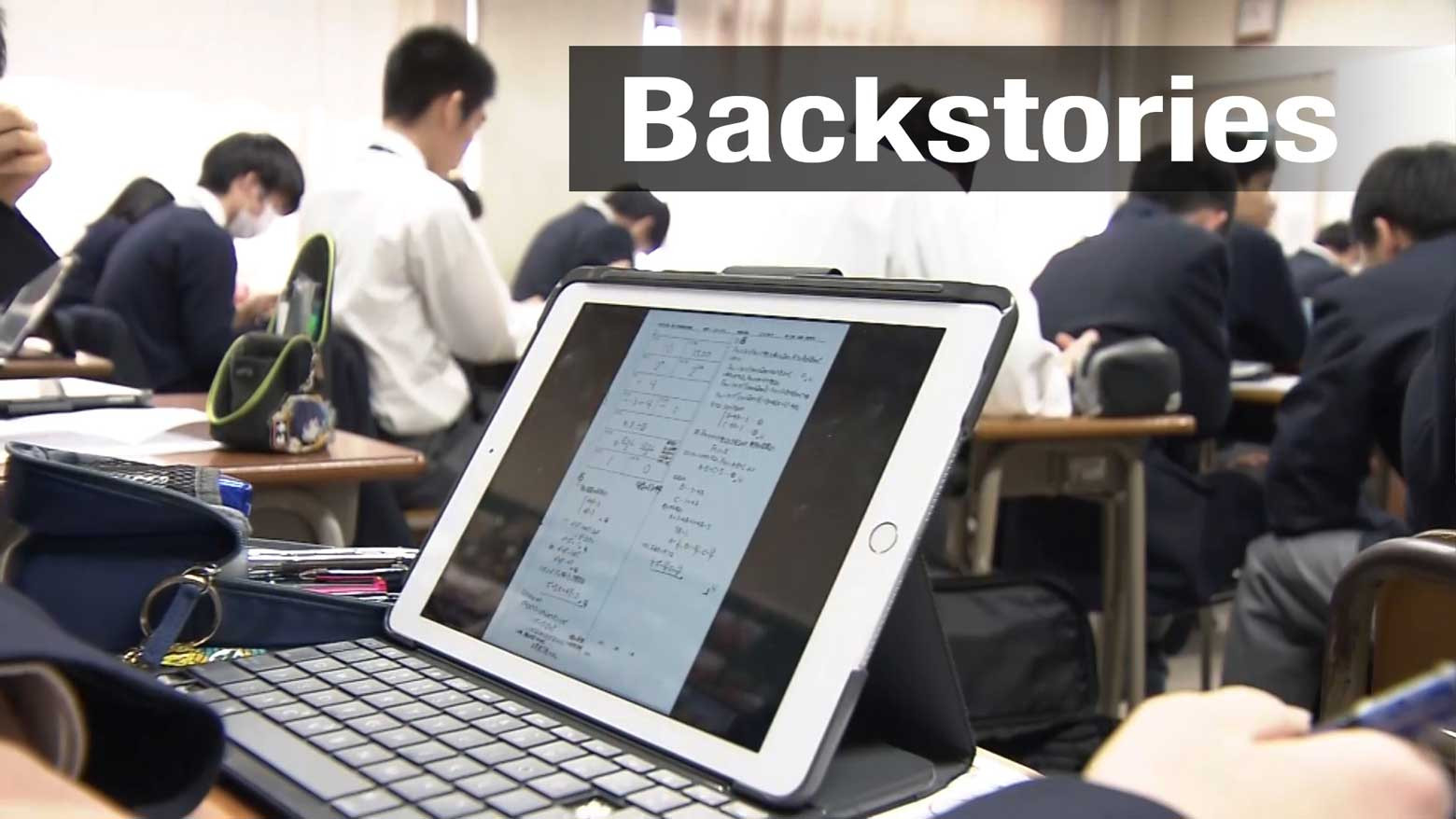The Kitasuwa elementary school in Tama City, Tokyo is one of the public schools that decided not to offer distance learning while it was closed. School officials instead gave its 500 students printed materials to work at home on their own.
The teachers considered providing online lessons, but gave up the idea because they were worried about inequality. Not all their students have access to both a computing device and reliable internet service.

A survey by the education ministry in mid-April shows how little Japanese public schools have adapted. It found that only 5% of local governing bodies across the country planned online classes while schools were shut due to the pandemic. In contrast, 100% of them planned home study with textbooks or printed materials.
But now some people are calling for change. In the city of Musashino in greater Tokyo, parents petitioned the mayor to provide online learning for all public school students. They conducted a survey of 1,500 local parents and found that 96% of them supported online education. One of the survey's organizers told NHK that the online classes will give students the chance to interact with their friends as well as pursuing their education.
Ishido Nanako, professor at Keio University's Graduate School of Media Design, says Japan's schools have never shown much enthusiasm for digital education, which means they were ill-prepared to adapt to the coronavirus crisis.

"People are too worried about egalitarianism. That's one of the major reasons we're still sticking to the conventional education style in which students sit passively in classrooms with pencils and notebooks," she says. "This hasn't changed for over a century, and Japan has fallen behind the rest of the world in terms of ICT (Information and Communication Technology) in education."
Data from the OECD's 2018 Programme for International Student Assessment (PISA) illustrates how slow Japan has been to introduce ICT into education. They asked 15-year-old students how much times they spent using digital devices during classroom lessons in a typical school week. In Japan, 89% said they never or hardly ever use them in math classes, and 75.9% gave that answer for science lessons. Both figures are the lowest among all OECD members. And it's a similar picture outside of the classroom. Only 3% said they do homework on a computer. The average for OECD members was 20%.
Ishido says nationwide school closures have highlighted the importance of ICT both in schools and homes. "We do not want to expand the existing gap (in terms of online access), but at the same time, we must not take the approach of not doing anything. Instead, there should be efforts undertaken to improve access to new technologies."
Tough times bring opportunity
Ishido believes the pandemic will trigger the changes she's been calling for.
The Japanese government had begun instituting reforms when the pandemic began, and the crisis has accelerated those plans. The authorities now want to distribute tablets or laptops to students at every public elementary and junior high school by next spring.
"Schools may be reopening, but it doesn't mean things are going back to the old style," says Ishido. "Something similar may happen again. It's time we find ways to build a new education system or "hybrid learning" that combines traditional methods with digital learning, which ultimately provides students with more creative opportunities."
Instead of going back to passive learning in front of a blackboard, the pandemic is forcing us to reimagine how students are taught in Japan.

